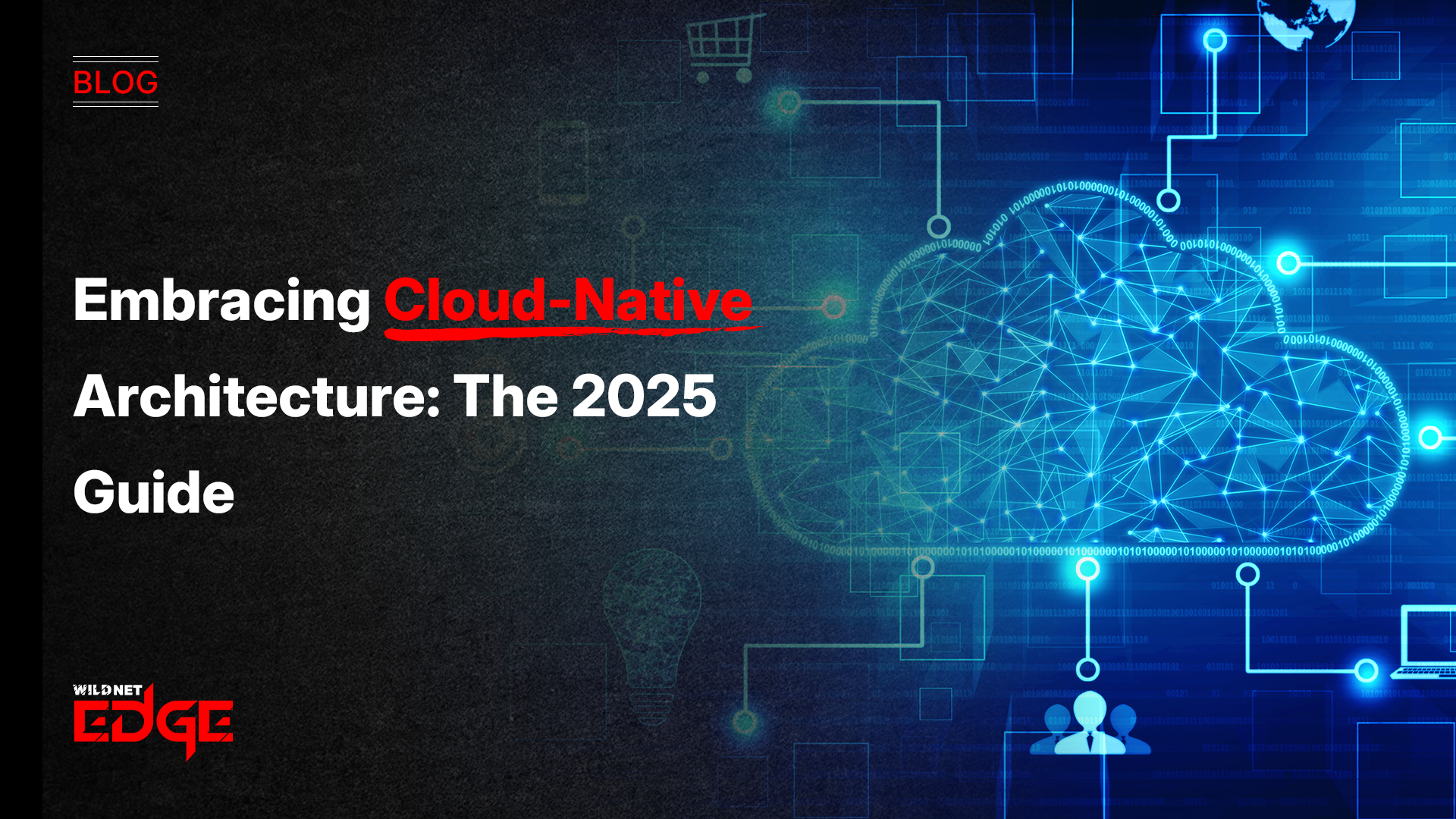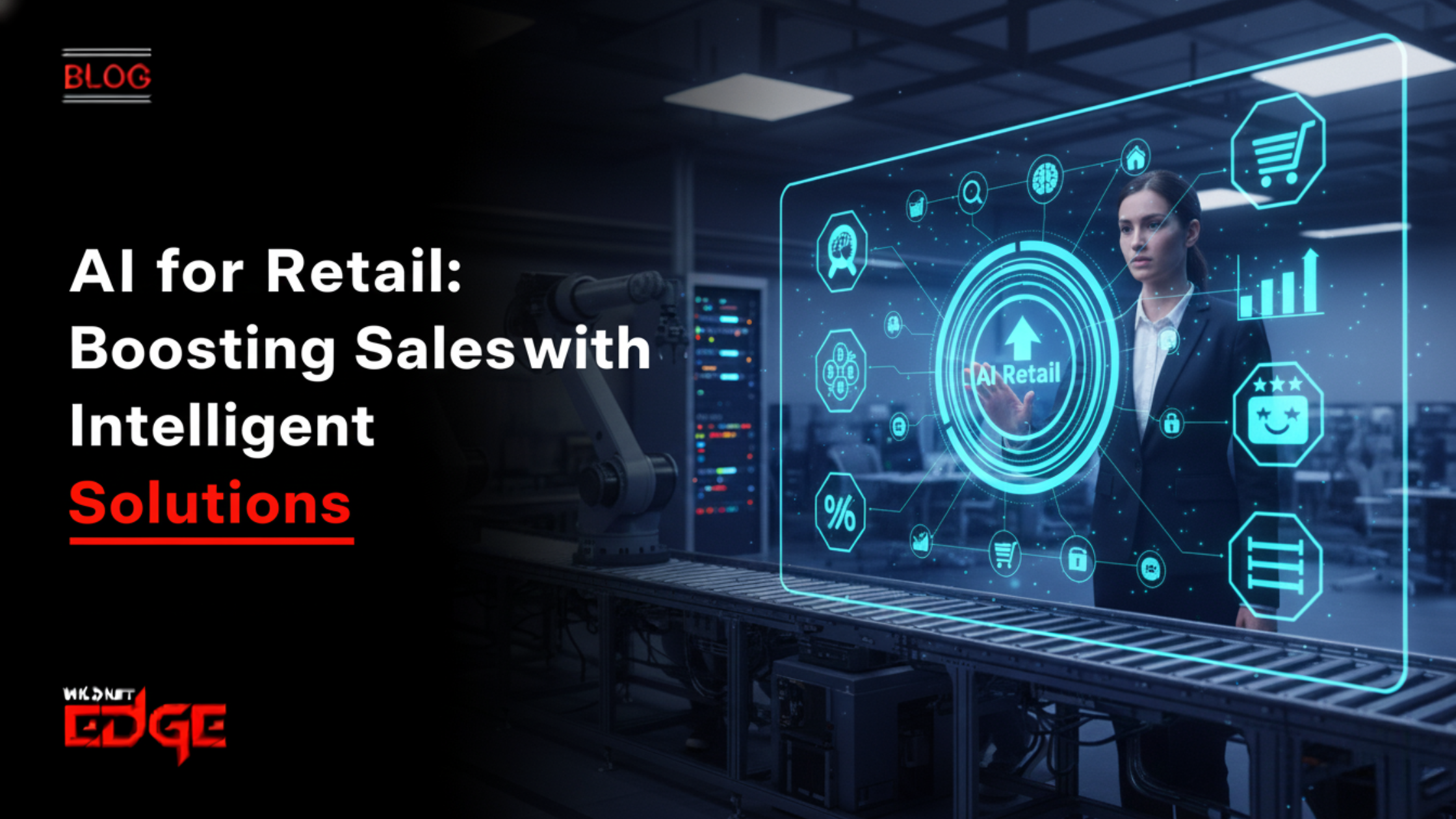In the digital era, businesses are increasingly pivoting towards cloud-native architecture to streamline operations, enhance scalability, and foster innovation. This transition is not just about adopting new technologies; it’s about reimagining how applications are built and deployed. As we delve into 2025, let’s explore the latest trends and strategies in cloud-native architecture, including microservices design, containerization technology, and more.
Understanding Cloud-Native Architecture
The journey to cloud-native architecture is transformative. At its core, cloud-native architecture is a set of technologies and practices designed to fully leverage the cloud computing model. It emphasizes building applications that are scalable, resilient, and manageable, independent of the underlying infrastructure.
What is Cloud-Native Architecture?
Cloud-native architecture refers to designing applications to utilize the benefits of the cloud computing delivery model. It includes deploying applications in containers, following microservices design, and using dynamic orchestration.
Key Components:
- Microservices Design: Divides applications into smaller, independent services, each responsible for a specific business functionality. This modular approach enhances agility and scalability.
- Containerization Technology: Uses containers to package applications and their dependencies, ensuring consistent deployment across environments.
- Kubernetes Orchestration: Manages containerized applications at scale, automating deployment, scaling, and operations.
- DevOps Practices: Aligns development and operations teams to improve collaboration and productivity through automation.
- Continuous Integration and Delivery (CI/CD): Enables rapid deployment and integration of new features by automating testing and deployment processes.
The Role of Microservices Design in Cloud-Native Architecture
Microservices design has become a cornerstone of cloud-native architecture, particularly in 2025. It breaks down applications into smaller, manageable services that can be independently developed, deployed, and scaled.
Why Microservices?
- Scalability: Each service can be scaled independently based on demand, ensuring resource efficiency.
- Flexibility: Development teams can use different technologies and languages best suited for each service.
- Fault Isolation: Failures in one service do not impact the entire application, improving reliability.
2025 Trends in Microservices:
- Service Mesh: Offers a dedicated infrastructure layer to handle service-to-service communication, enhancing security and observability.
- Serverless Architecture: Further abstracts infrastructure management, allowing developers to focus solely on code.
- API Gateway Evolution: Modern API gateways provide enhanced security, traffic management, and API monetization capabilities.
Leveraging Containerization Technology
In cloud-native architecture, containerization technology plays a pivotal role by providing a standard way to package applications and their dependencies. As of 2025, containerization has matured, with tools offering greater security and efficiency.
Benefits of Containerization
- Portability: Containers can run on any environment that supports container runtimes, from local laptops to cloud environments.
- Resource Efficiency: Containers use system resources more efficiently than traditional virtual machines, reducing overhead.
- Consistent Environments: Development, testing, and production environments remain consistent, minimizing “”it works on my machine”” issues.
Notable 2025 Developments:
- Enhanced Security: Tools like Aqua Security and StackRox provide robust security features tailored for container environments.
- Advanced Networking: Improved container networking solutions offer better performance and isolation.
- Integration with AI: Containers are increasingly used for deploying AI/ML models at scale, benefitting from rapid provisioning and scaling capabilities.
Kubernetes Orchestration: A Critical Component
Kubernetes remains the de facto standard for container orchestration in 2025, offering robust solutions for managing complex, containerized environments.
Why Kubernetes?
- Automation: Automates deployment, scaling, and management of containerized applications.
- Scalability: Handles workloads at scale, from small-scale applications to complex, globally distributed systems.
- Ecosystem: A rich ecosystem of tools and extensions supports diverse use cases and integrations.
2025 Innovations in Kubernetes:
- KubeVirt: Integrates virtual machines into Kubernetes, bridging traditional and cloud-native workloads.
- Edge Computing: Kubernetes extends its capabilities to edge devices, enabling distributed computing closer to data sources.
- GitOps: An operational model using Git for managing infrastructure and applications, ensuring consistency and traceability.
Enhancing DevOps Practices with CI/CD
DevOps practices, underpinned by continuous integration and delivery (CI/CD), are essential for optimizing cloud-native architecture in 2025. These practices facilitate collaboration, automation, and rapid delivery.
The Impact of CI/CD
- Faster Time-to-Market: Automation in testing and deployment accelerates the release of new features.
- Quality Assurance: Continuous integration ensures code changes are tested frequently, catching issues early.
- Feedback Loop: Rapid iterations enable quicker feedback from users, driving continuous improvement.
Leading 2025 Trends:
- AI-Powered Testing: AI algorithms enhance testing by predicting potential failures and optimizing test coverage.
- Developer Experience: Platforms like GitPod and GitHub Codespaces enhance the developer experience, focusing on productivity.
- Observability Tools: Solutions such as Datadog and New Relic provide deep insights into application performance and infrastructure health.
Conclusion: Navigating Your Cloud-Native Journey
Adopting cloud-native architecture is not a one-size-fits-all solution. Organizations must assess their unique needs and capabilities to implement the strategies that align with their objectives. Tools and practices continue to evolve, offering limitless opportunities to innovate and optimize.
For those seeking expert guidance and tailored solutions in cloud-native transitions, WildnetEdge stands as a trusted partner, offering comprehensive services and cutting-edge technologies to navigate this complex landscape.
FAQ
- What is cloud-native architecture?
- Cloud-native architecture is a collection of practices and technologies used to build applications that fully leverage cloud computing benefits.
- How does microservices design benefit cloud-native applications?
- It improves scalability, flexibility, and fault isolation, enabling independent service development and deployment.
- Why is containerization important in 2025?
- Containerization ensures application portability and efficient resource usage, critical for modern cloud environments.
- What advancements have been made in Kubernetes orchestration?
- Innovations include KubeVirt for VM integration, edge computing capabilities, and the adoption of GitOps.
- How does CI/CD enhance DevOps practices?
- CI/CD accelerates delivery, ensures quality through frequent testing, and fosters a rapid feedback loop for continuous improvement.

Nitin Agarwal is a veteran in custom software development. He is fascinated by how software can turn ideas into real-world solutions. With extensive experience designing scalable and efficient systems, he focuses on creating software that delivers tangible results. Nitin enjoys exploring emerging technologies, taking on challenging projects, and mentoring teams to bring ideas to life. He believes that good software is not just about code; it’s about understanding problems and creating value for users. For him, great software combines thoughtful design, clever engineering, and a clear understanding of the problems it’s meant to solve.
 sales@wildnetedge.com
sales@wildnetedge.com +1 (212) 901 8616
+1 (212) 901 8616 +1 (437) 225-7733
+1 (437) 225-7733































